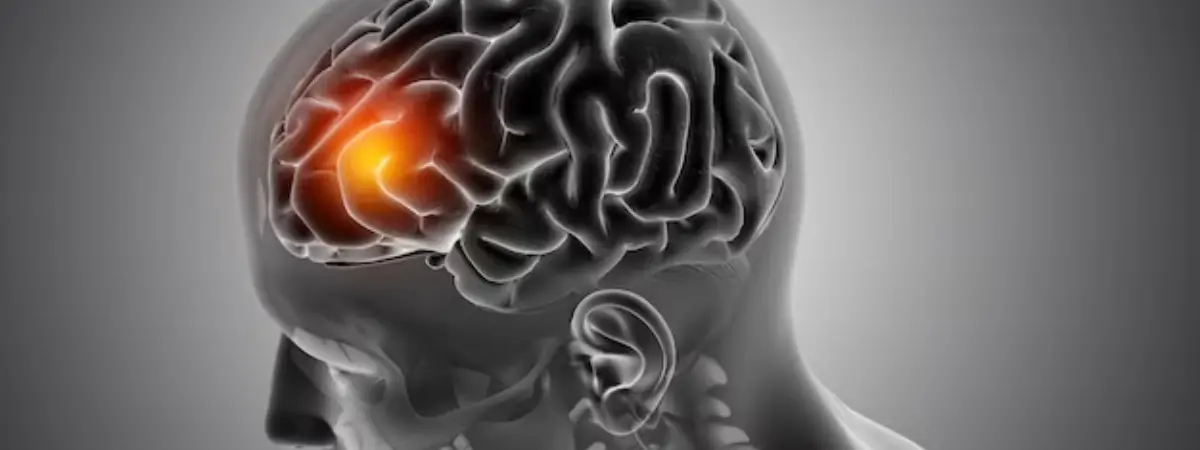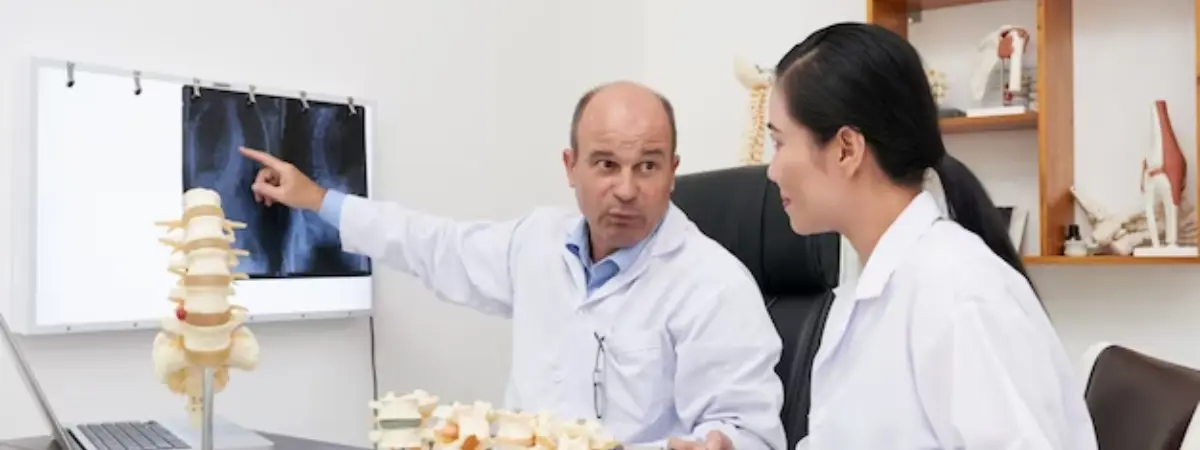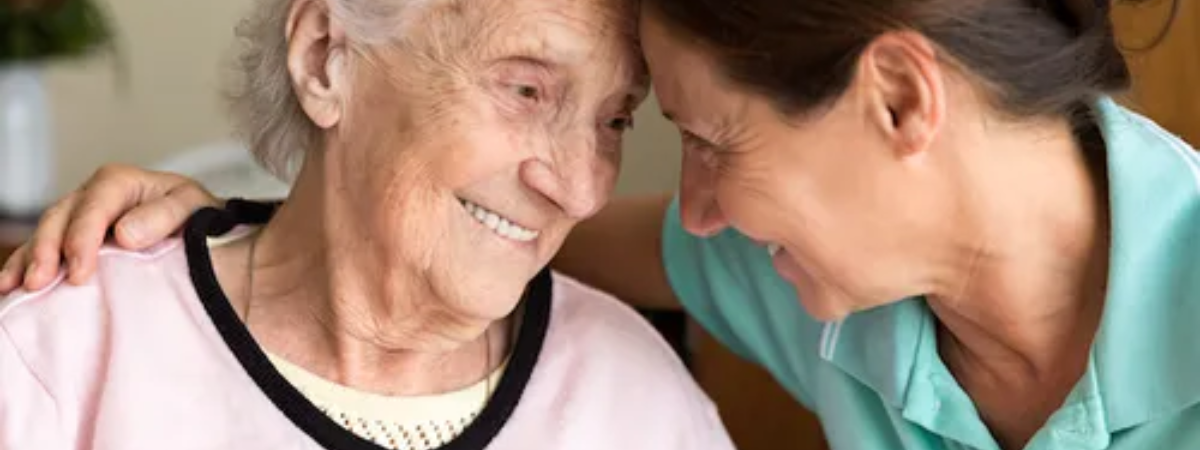
Introduction:
Scoliosis is a condition characterized by an abnormal curvature of the spine, often presenting during adolescence but can also affect adults. Early detection and intervention are crucial for managing scoliosis effectively. As a leading neurosurgeon specializing in spinal disorders, Dr. Vamshi Krishna emphasizes the importance of timely screening and awareness to prevent complications associated with scoliosis.
When to Screen for Scoliosis:
Adolescence: Scoliosis commonly manifests during growth spurts, typically between the ages of 10 and 15. Regular screenings during routine pediatric check-ups are essential during this period.
Family History: Individuals with a family history of scoliosis are at a higher risk. Screening should begin earlier and be more frequent for such individuals.
Signs and Symptoms: Look out for uneven shoulders, one shoulder blade appearing more prominent than the other, uneven waist, or leaning to one side. These signs may indicate scoliosis and warrant further evaluation.
How to Screen for Scoliosis:
Physical Examination: A thorough physical examination by a healthcare professional involves assessing the alignment of the spine, shoulders, hips, and ribcage symmetry.
Adams Forward Bend Test: During this test, the individual bends forward while the examiner observes the spine for any asymmetry or curvature.
Imaging Studies: X-rays provide detailed images of the spine, enabling accurate measurement and assessment of the curvature angle, aiding in diagnosis and treatment planning.
When Should You See a Specialist for Scoliosis?
Diagnosis Confirmed: If scoliosis is suspected based on physical examination or screening tests, it is essential to consult a specialist for further evaluation and confirmation of the diagnosis.
Progression of Symptoms: If symptoms worsen over time, such as increasing pain, noticeable changes in posture, or difficulty breathing, it is crucial to seek specialized care promptly.
Monitoring Existing Curvature: Individuals with a known history of scoliosis should have regular follow-ups with a specialist to monitor the progression of the curvature and adjust treatment as needed.
Consideration of Treatment Options: Specialists can provide comprehensive evaluation and discuss various treatment options tailored to the individual's condition, including bracing, physical therapy, or surgical intervention if necessary.
Conclusion:
Regular screening for scoliosis, particularly during adolescence and in individuals with a family history of the condition, is crucial for early detection and intervention. Dr. Vamshi Krishna, a renowned neurosurgeon specializing in spinal disorders, emphasizes the importance of awareness and proactive screening to ensure timely management of scoliosis and prevent associated complications. By staying informed and proactive, individuals can take control of their spinal health and pave the way for a better quality of life. Seeking specialized care from a scoliosis specialist is essential for accurate diagnosis, monitoring, and personalized treatment planning.
Recent Posts
Unveiling the Impact of Brain Strokes: Understanding, Prevention, and Recovery

Read More
Navigating Spinal Stenosis: Understanding, Managing, and Living with the Condition

Read More
Five - Signs of Lumbar Disc Prolapse

Read More
Caring for Someone with Dementia: Effective Stress Reduction Tips

Read More
Neurological Disorders in Children: Early Detection and Intervention

Read More
